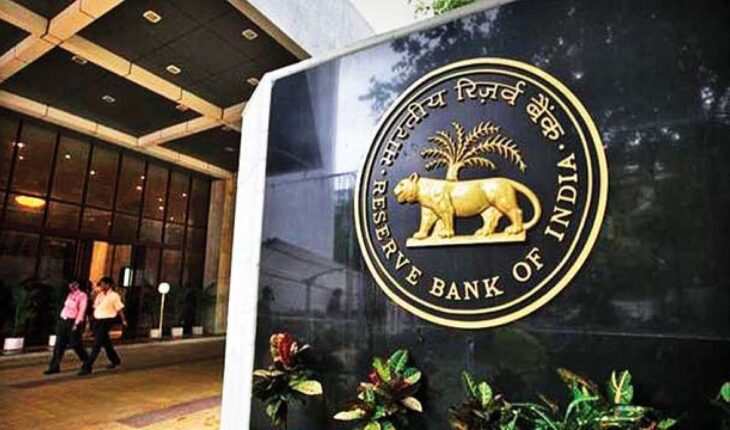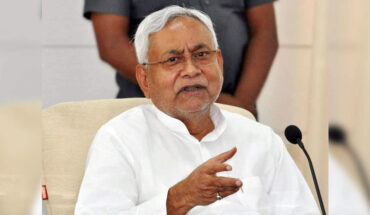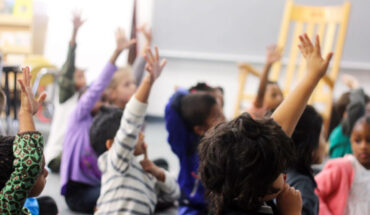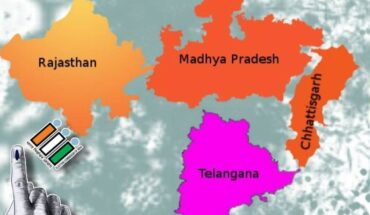
According to data of the Reserve Bank of India, in March 2023, people spent more than Rs.1.37 lakhs crores through credit cards. This is the 13th consecutive months when people spent more than Rs.1.00 lakhs crores through credit cards. At the same time, according to data from the National Payments Corporation, there was a 60 percent increase in UPI transaction volume in March 2023, while a 46 percent increase in transaction amount was recorded as compared to March 2022. In March 2022, 5.4 billion transactions were done through UPI, amounting to Rs.9.6 trillion.
Under the credit card, the loan is given to the customers at zero interest rate for 1 month, but after the lapse of 1 month, more interest is charged on the amount spent than the personal loan. Customers have to pay an annual fee for this facility. However, those who have a good credit history or have a high salary or income are not charged an annual fee, while UPI transactions are done from their own account, meaning people spend their own money through it.
In the month of March, 63 percent or more than Rs.86,000 crores were purchased through e-commerce and the remaining was done through point of sales. There was an increase of 28 percent in the month of March this year from the month of March last year, while the expenditure increased by 15 percent as compared to the month of February.
Prior to this, the highest level of credit card spending was in October 2022, when the total spending due to festivals reached the level of Rs.1.29 lakhs crores. Compared to the month of February, the maximum spends were done with Axis Bank’s credit cards in the month of March. In this connection, ICICI Bank was ranked second in terms and HDFC Bank was ranked third, while SBI was ranked fourth.
Banks had issued 19.3 lakhs credit cards in the month of March, taking the total number of credit cards to 853 lakhs. Due to the acquisition of Citibank, the number of credit cards of Axis Bank increased to 121 lakhs in the month of March. ICICI Bank issued 7,20,239 credit cards in the month of March, taking its total card count to 144 lakhs. SBI Credit Card issued 2,56,463 new cards in the month of March, taking its total card count to 167.6 lakhs. HDFC Bank issued 2,36,770 new cards in the month of March, taking its total card count to 175.3 lakhs.
In the financial year 2022-23, the credit card spending has crossed the level of Rs.14 lakhs crores, which is 47.27 percent more than the financial year 2021-22. The total credit card spending in the last financial year was Rs.9.71 lakhs crores. At the same time, in the financial year 2020-21, total digital transactions were done 5554 crores, which was Rs 3,000/- lakhs crores in amount, whereas in the financial year 2021-22, 8840 crores digital transactions were done, which was Rs.3,021/- lakhs crores in amount.
There has been a significant increase in the spending done by credit cards recently, but there is a difference in the proportion of the increase in the number of cards and the expenditure incurred, that is, the proportion in which the number of credit cards has increased, the expenses have not increased in that proportion. Banks issued 116.7 lakhs new credit cards in FY 2022-23, while 111.5 lakhs new credit cards were issued during FY 2021-22.
HDFC Bank is on top in terms of numbers and share of spend. HDFC Bank has a market share of 27.41 per cent in March 2023 and a share of 20.55 per cent in terms of number of cards. SBI, ICICI and Axis Bank are at the second, third and fourth places, respectively.
To make more and more people make purchases with credit cards, attractive discounts are given to the customer for purchasing various products or for purchasing food items. The discount is also given through cash back i.e., the discount amount is credited to the account after a few days of purchase. Since, with a credit card, the customer neither has to carry cash nor is there any fear of loss or theft of money.
Some hospitals, schools, colleges, etc. accept only credit card payments. Hence, it is always advisable to use it in an expedient way. Due to these reasons, nowadays customers prefer to spend with credit cards. At the same time, banks emphasize on credit cards business because its non-performing asset (NPA) percentage is also less than other banking products and profits are also good. On the other hand, it is very easy to do transactions with UPI, that’s why, street vendors, vegetable vendors, Auto owners/drivers, rickshaw pullers are using it a lot.
Goods and Services Tax (GST) collection is continuously increasing due to the end of Corona’s effect and partial effect of global slowdown on the country. The GST in the month of September stood at Rs 1.48 lakh crore, whereas in the month of October it had crossed the mark of Rs 1.50 lakh crore. The GST collection in the month of November also stood at Rs 1.46 lakh crore, while it stood at Rs 1.50 lakh crore in the month of December. The GST collection in March 2023 stood at Rs 1.60 lakh crore, while it was Rs 1.50 lakh crore in February 2023 and Rs 1.57 lakh crore in the month of January. At the same time, the gross personal income tax collection reached Rs 16.68 lakh crore by March 10, 2023, which is 22.58 percent higher on a year-on-year basis.
Today the developed countries of the world are on the verge of recession, but the Indian economy remains strong. India is in a better position than the developed countries of the world in terms of major factors of recession, GDP, unemployment, inflation etc. At present, there is an outcry due to inflation in Europe and America, including all neighbouring countries of India, but inflation in India has come down to a 15-month low of 5.66 percent in March 2023. Here, the currencies of European countries have become weak against the dollar, but the position of the rupee is better than them and recently there has been a weakness seen in the dollar compared to the rupee.
In this way, the continuous increase in transactions being done through credit cards, UPI, and other digital mediums and the fast coming in the amount of transactions is clear, the bad times of the Corona period have passed, people have returned to their work, their earnings have started getting better, they are also spending freely etc. The global recession has also had a minor impact on India, as economic activities have continued to pick up and the Indian economy has remained strong even in the face of adversity.
Satish Singh, Mumbai Based Senior Journalist.Views are personal
Contact No.8294586892 , Email-Satish5249@gmail.com






